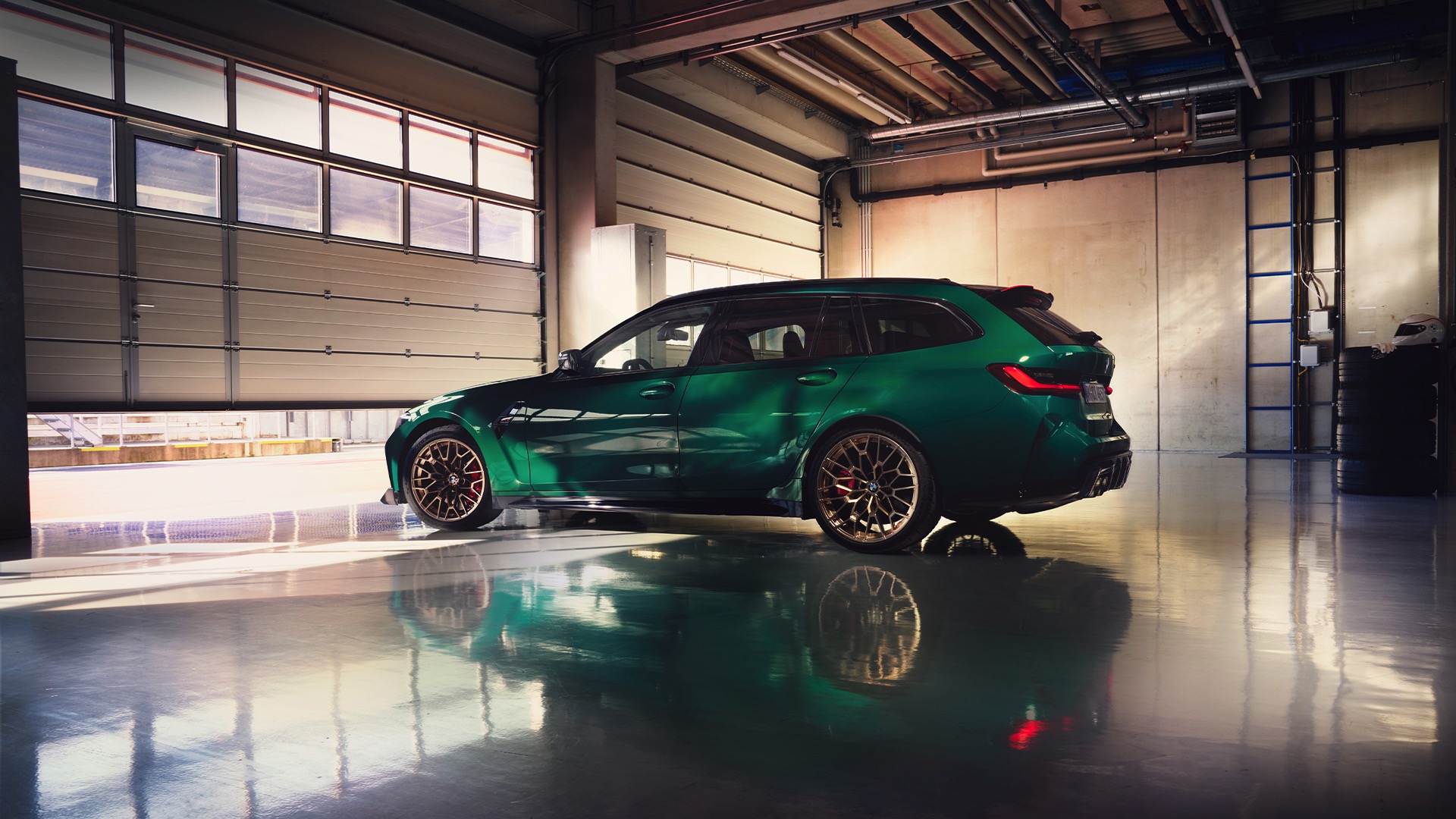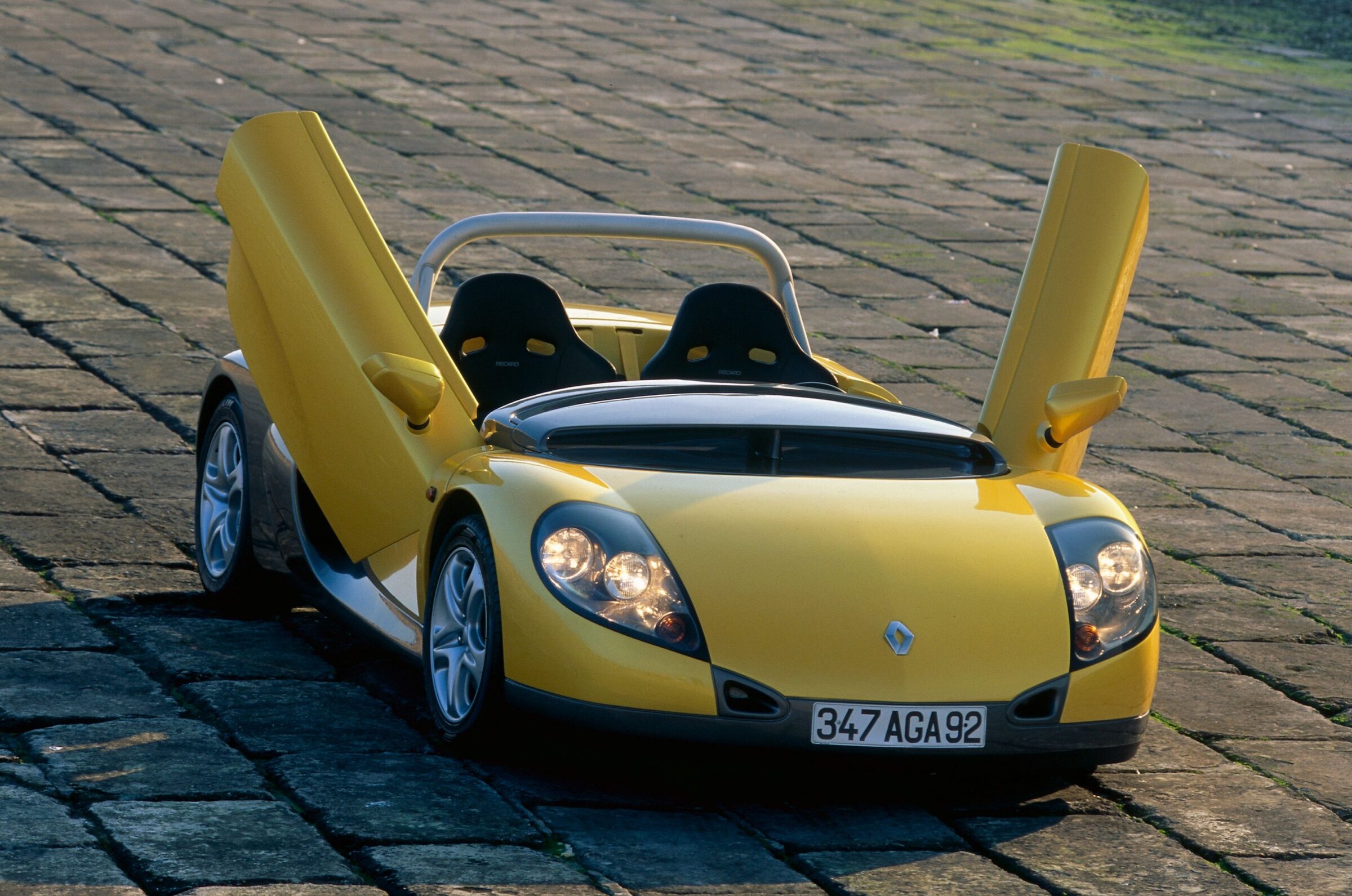Porsche 356 B
It took a while, but here at last is the third part of our series of reports on the Porsche 356. After the cars that are nowadays classified as “Pre-A” and the officially named 356 A, the change to the 356 B followed in the fall of 1959. Once again, these cars got far-reaching modifications that left little of the original 356 except for the silhouette. The body grew by 60 millimeters in length and 20 millimeters in height. In addition, the bumpers and headlights moved a little further upwards, seamlessly merging the upper edge of the lights with the upper section of the front fenders. Next to the classic Coupé, the Cabriolet remained in the program. D’Ieteren produced the Roadster as a replacement for the Convertible D. From 1960 onwards, the Hardtop Coupé was added. Its body was built at Karmann on the basis of the Cabriolet. The permanently welded hardtop roof gave the car its own distinctive lines with a stubby rear end.
From the T5 to the T6
Below the raised front bumper, new air intakes provided improved cooling for the front drum brakes. In contrast to Pre-A and A, these were now made of light alloy. The Porsche logo was integrated into the chrom trim strip on the trunk lid. Further chrome strips were added below the doors in the sills. In addition to the designation 356 B, the abbreviation “T5” is also frequently found in specialist literature, indicating the modified body. At the end of the production period of the 356 B, there were further changes that led to the abbreviation “T6”. For example, starting in the fall of 1961, the car had two air intakes in the rear hood instead of one. At the front, the trunk lid became wider and more angular in the lower area. For the first time, the fuel filler cap was now located outside the trunk under a cover in the front right fender. To match, there was a flatter fuel tank and thus more space for luggage.
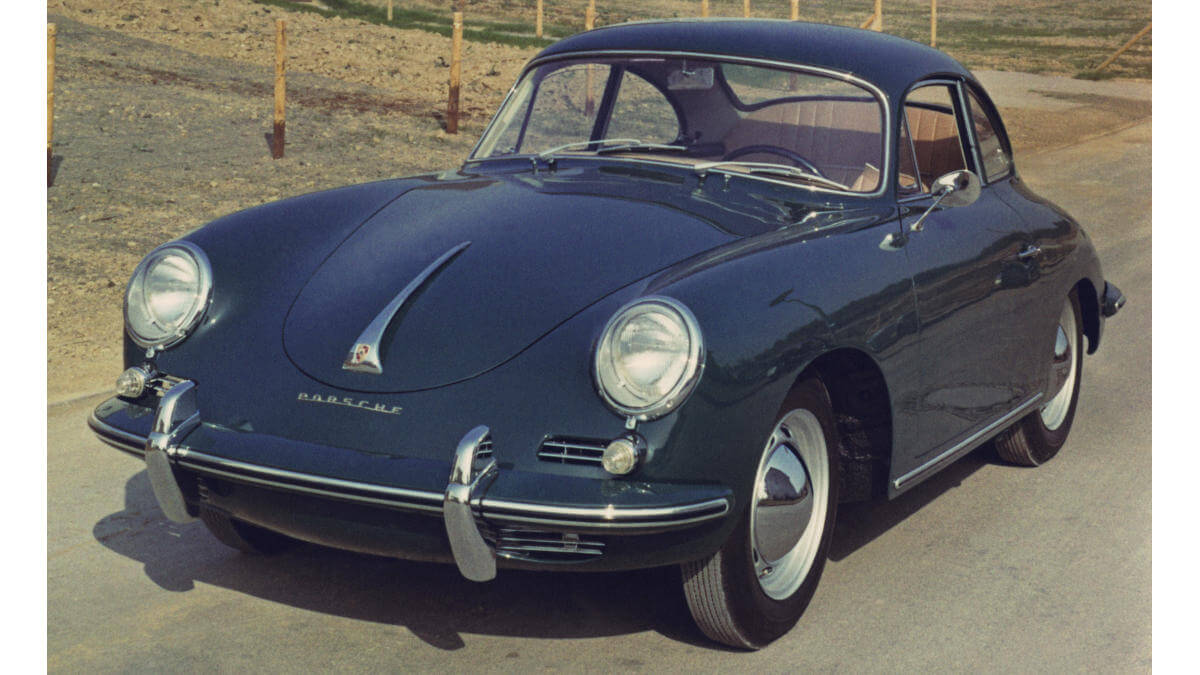



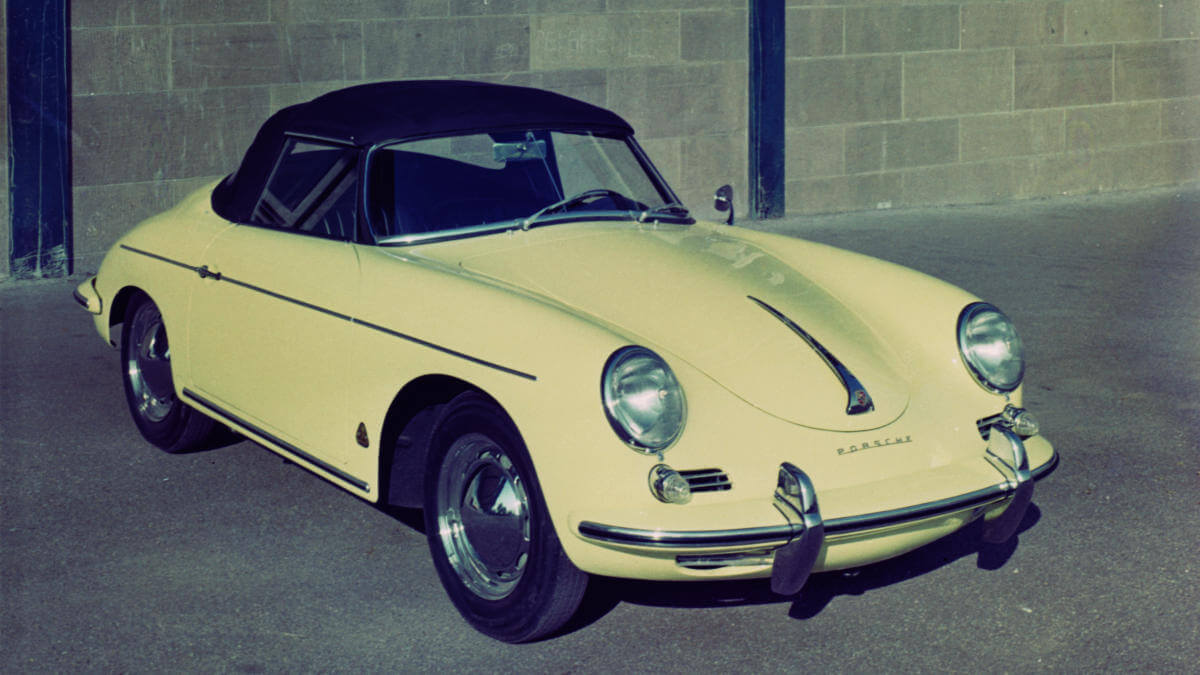

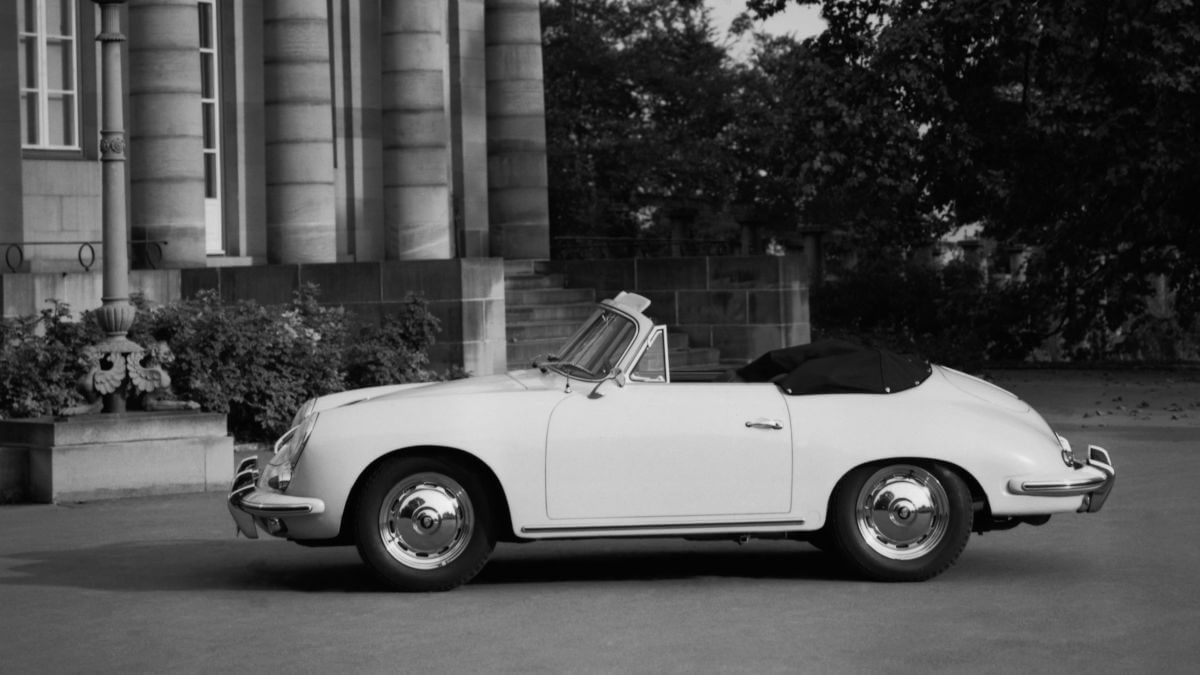

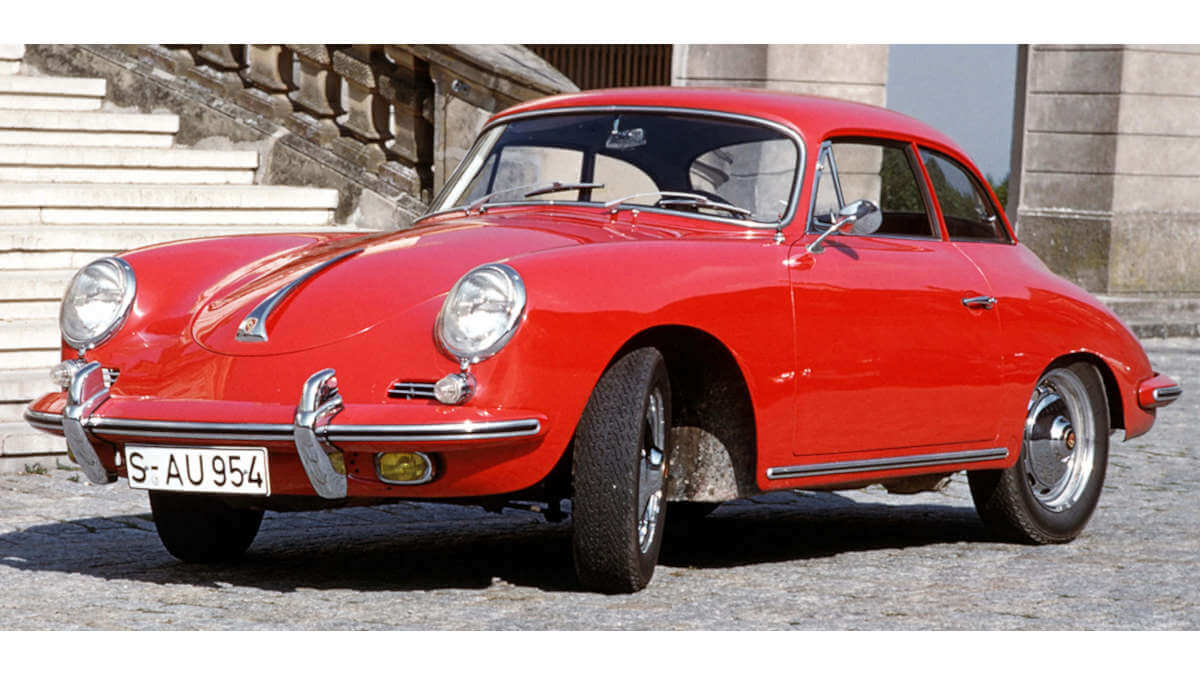

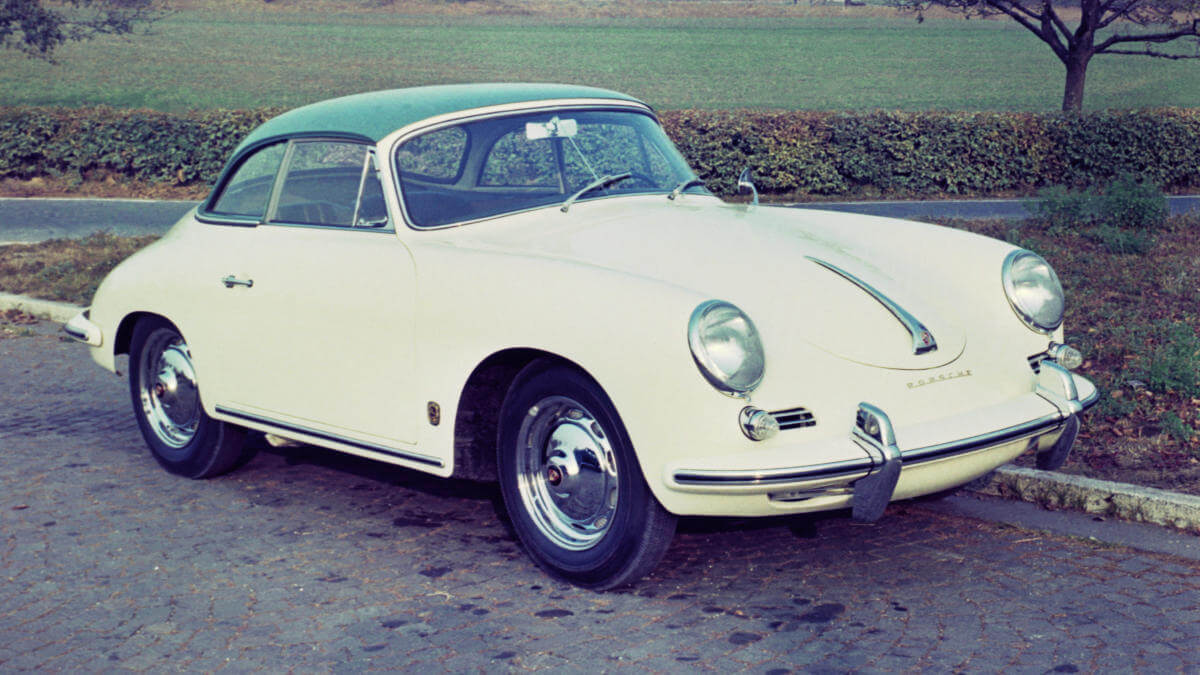

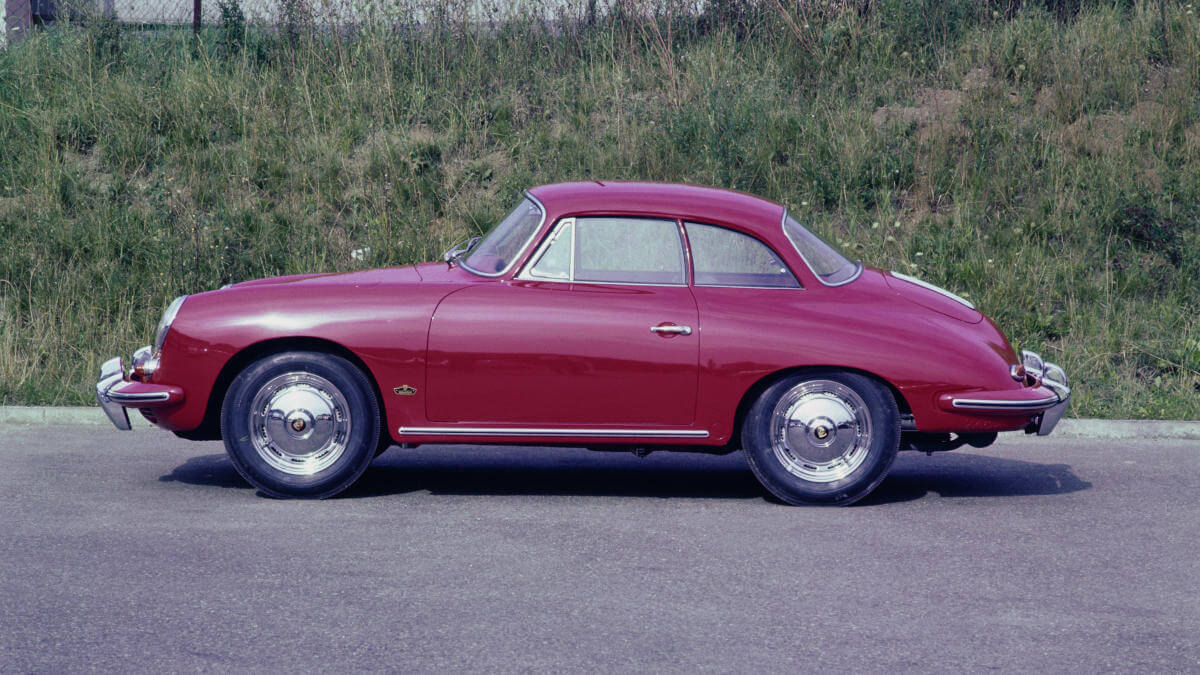

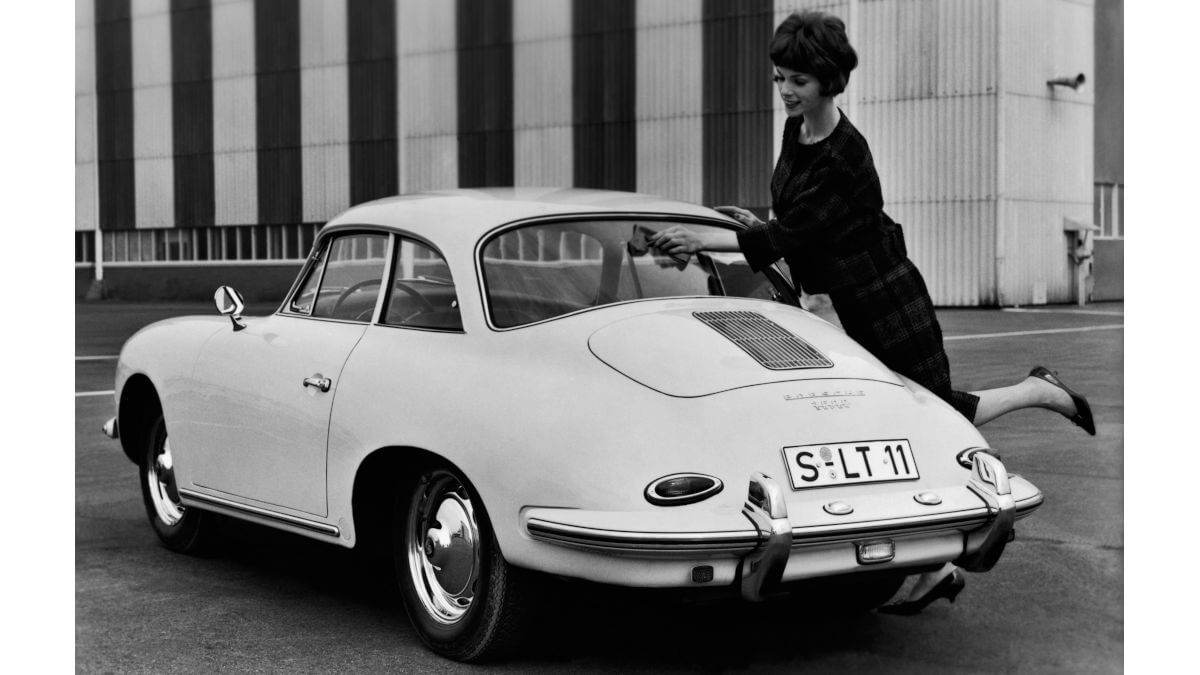

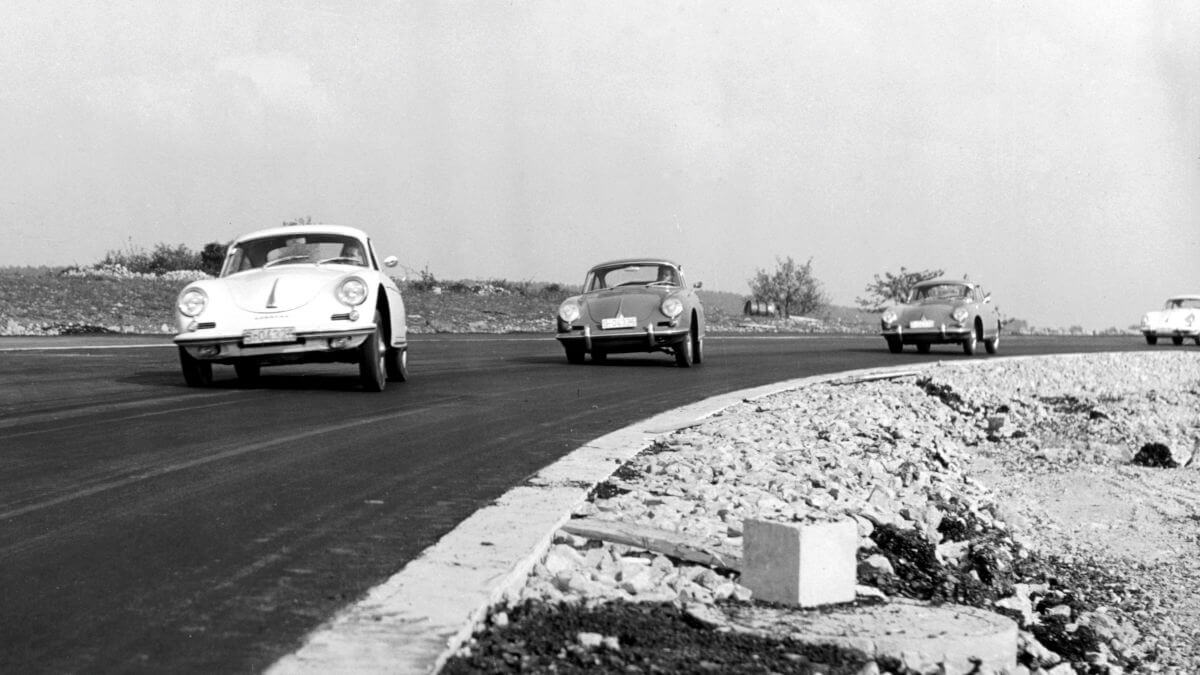

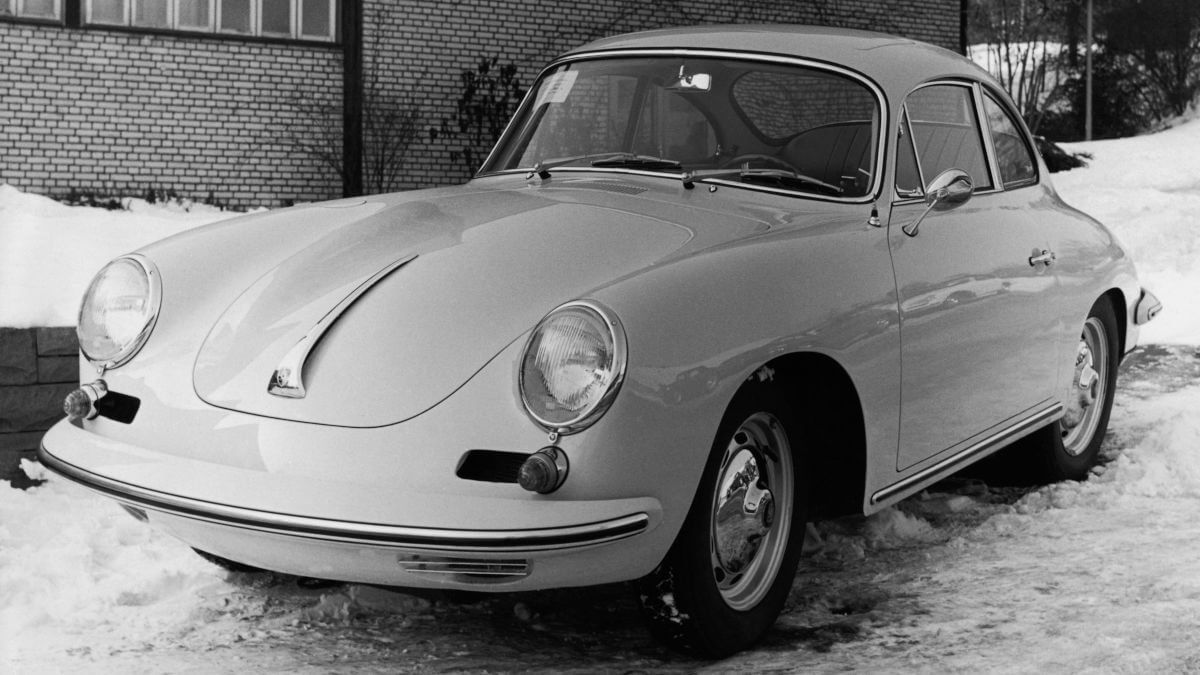













Biggest engine from the end of 1961
On the powertrain side, Porsche finally said goodbye to the little 1300 engine with the launch of the 356 B. Instead, a variant of the 1600 with 44 kW/60 hp now formed the entry level. Above this was the 356 B Super with 55 kW/75 hp and the 356 B Super 90 with 66 kW/90 hp. A manual four-speed transmission transmitted the power to the rear wheels. Customers for whom the Super 90’s topspeed of 112 mph wasn’t enough had to wait until the premiere of the 356 B 2000 GS Carrera 2. This came for the 1962 model year with 96 kW/130 hp and, for the first time, disc brakes as standard. In this top-of-the-line model, the boxer engine had overhead camshafts driven by a line shaft. The Carrera 2 was only available as a Coupé or Cabriolet.
Motorsport variants
Right from the start, the 356 B was also available as a weight-optimized version for motorsport on request. Until 1961, the 356 B 1600 GS Carrera GT was available with 85 kW/115 hp. At the same time, Abarth produced 20 units of the Carrera GTL with a more streamlined body. Compared to the normal 356, the GTL was about 140 kilograms lighter and compared to the normal Carrera GT from Reutter, the weight dropped by about 20 kilograms. Based on the 356 B 2000 Carrera 2, the GS-GT was created with doors and hoods made of light alloy, wooden steering wheel, side and rear windows made of Plexiglas, and no rear seats or bumpers. Several tuning kits increased the power up to 114 kW/155 hp. Porsche used this basis to develop a prototype with a completely new body for the 1962 Le Mans 24 Hours. With a significantly lowered nose and the silhouette suddenly breaking off behind the roof, the car quickly earned the nickname “Dreikantschaber” (triangular scraper).
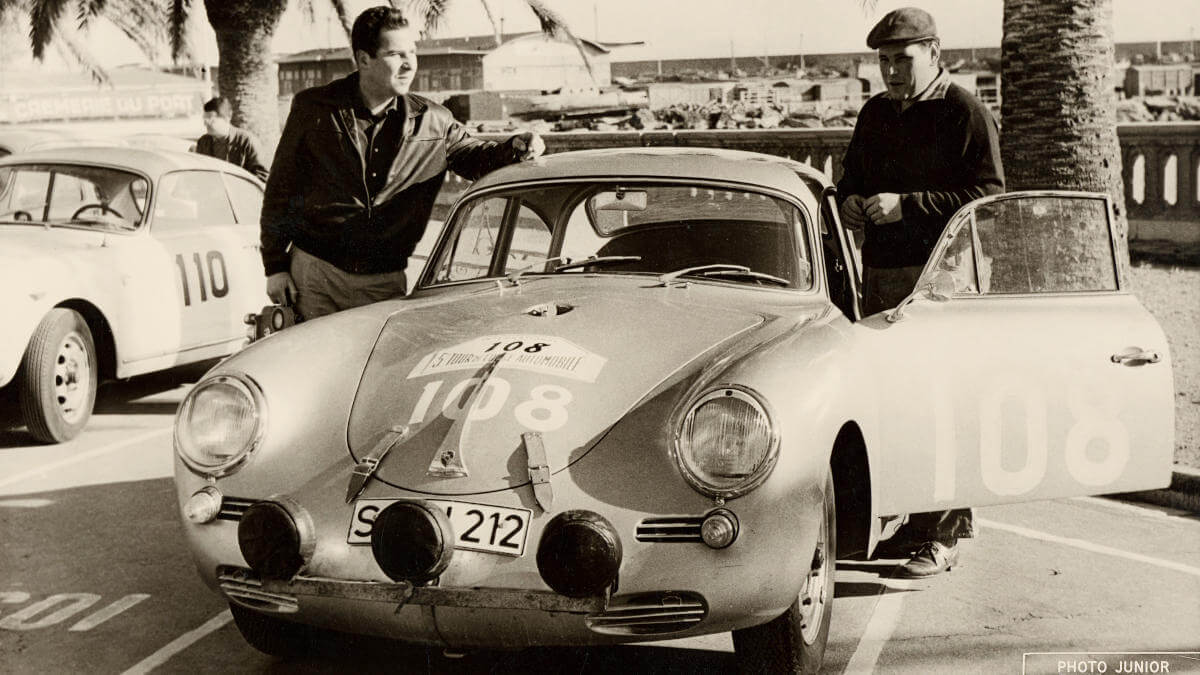

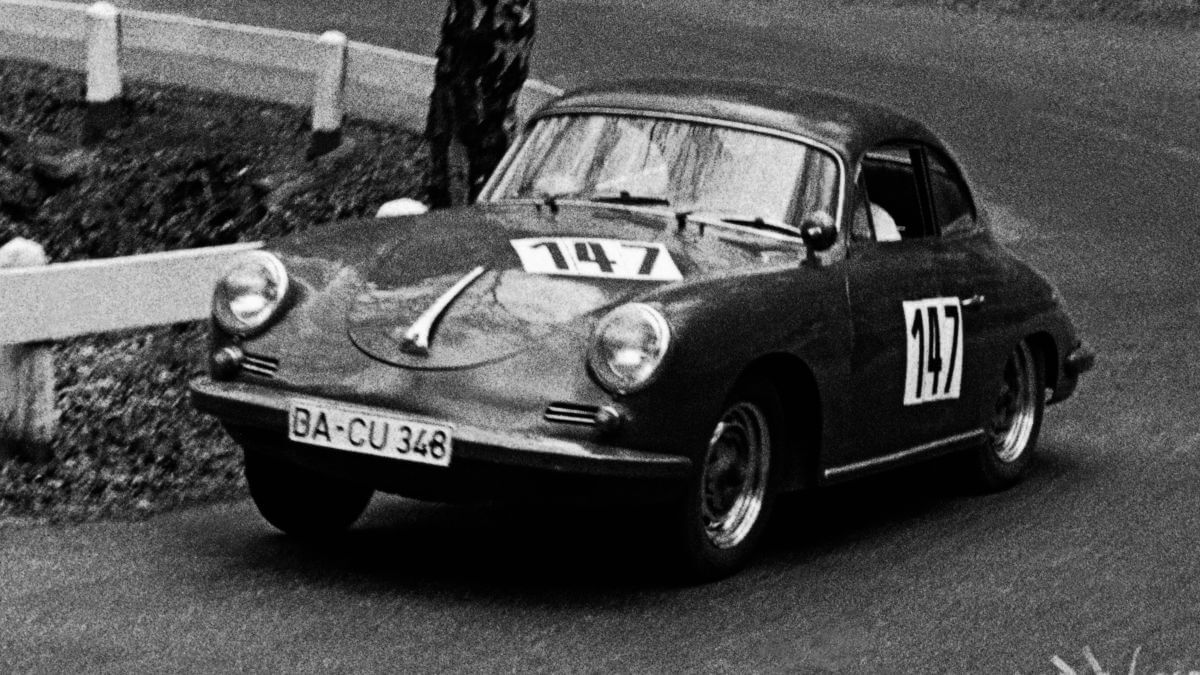

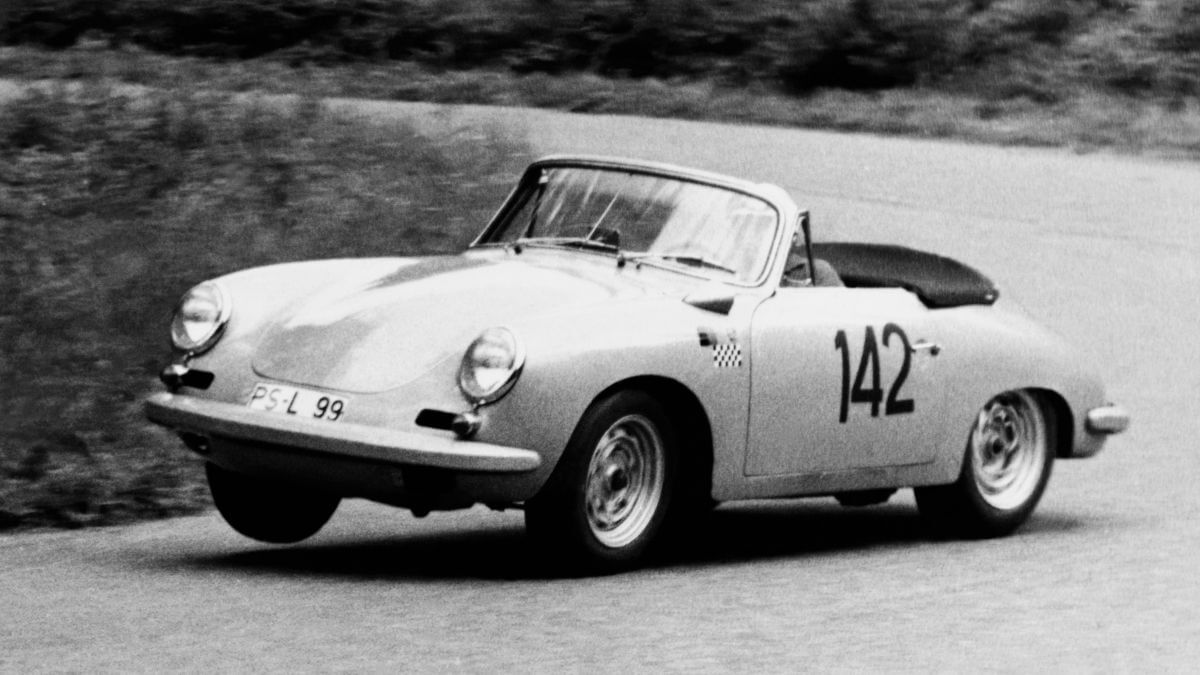



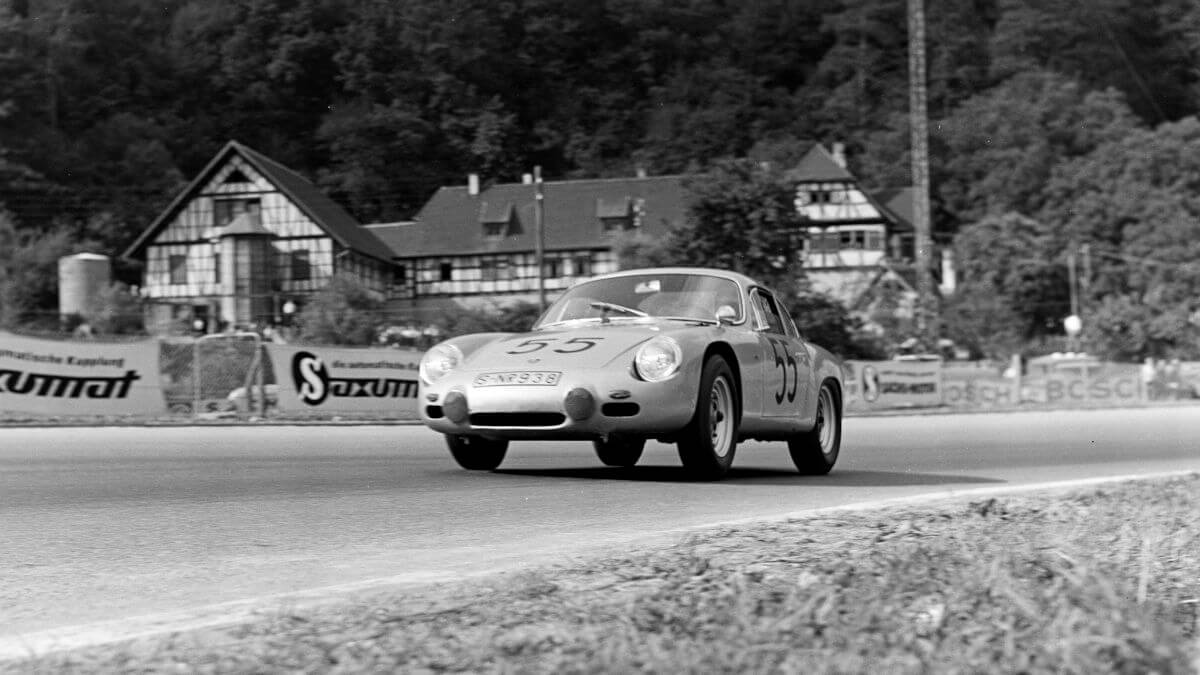

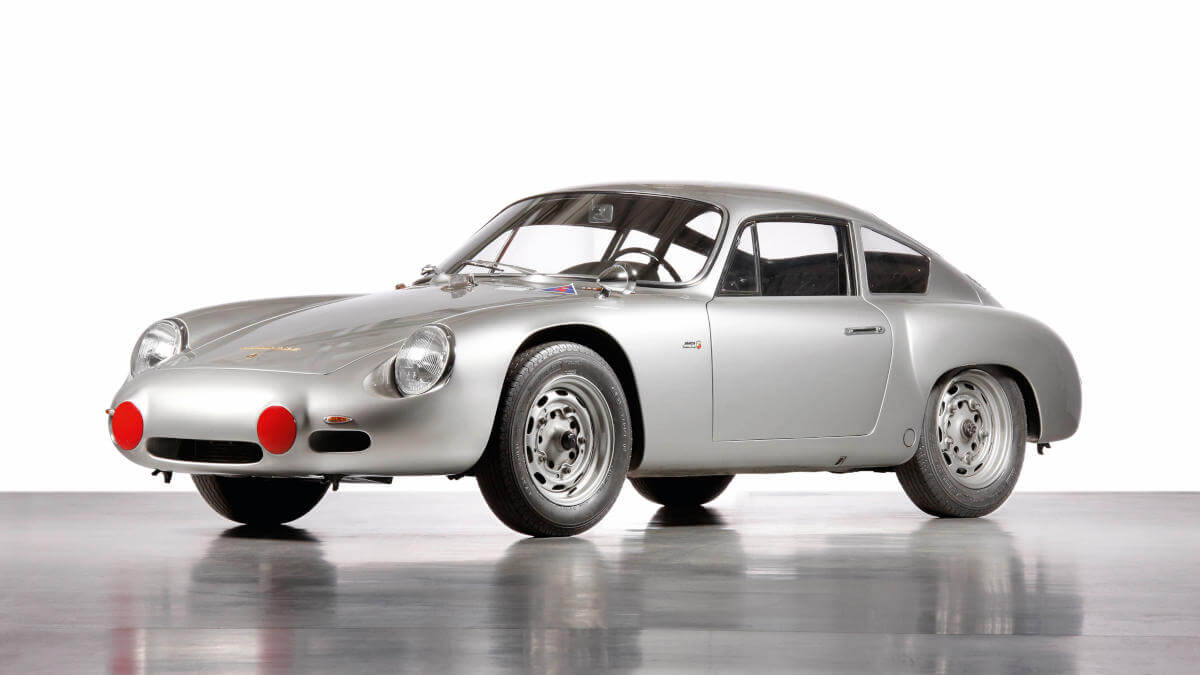

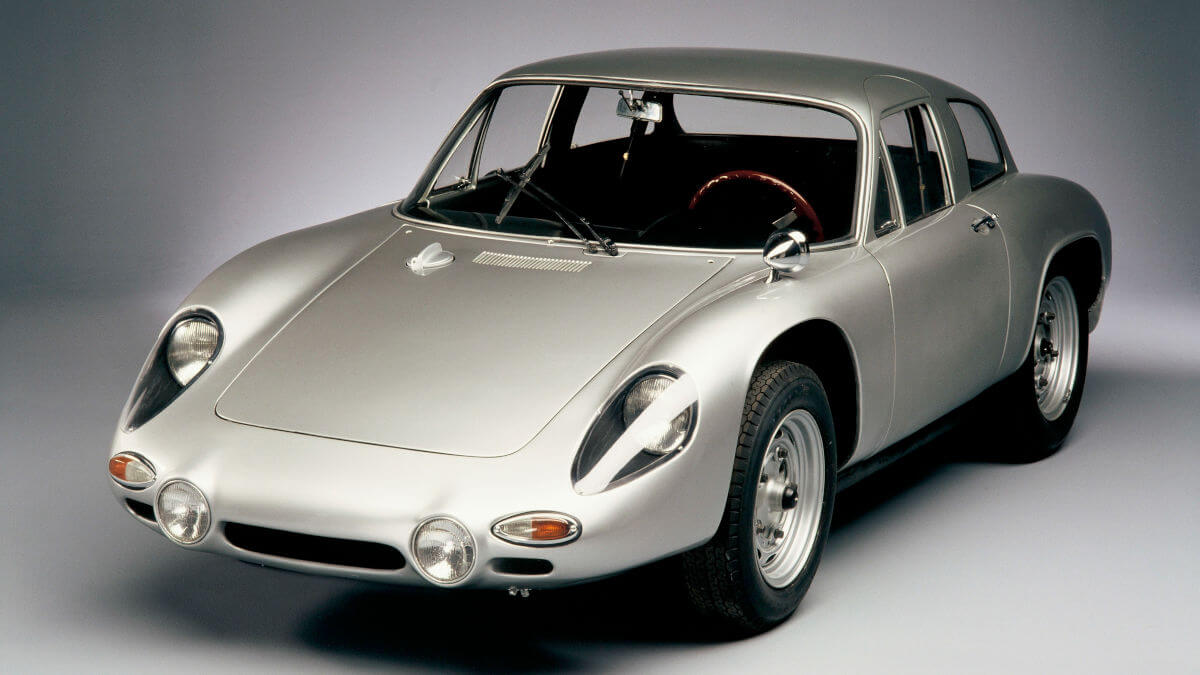



Success in racing
While the appearance of the “Dreikantschaber” didn’t convince every observer, the motorsport successes did. The new cars weren’t ready in time for the Le Mans race. There, Porsche raced the older 356 B Carrera GTL and took seventh overall despite the small 1.6-liter engine. Added to this was class victory in the corresponding displacement category. Herbert Linge and Edgar Barth entered the “Dreikantschaber” in the 1963 Targa Florio and took third place. Later that year, another example with Herbert Linge, Edgar Barth, Hans-Joachim Walter and Ben Pon at the wheel drove to fourth place overall and first place in the GT class up to 2 liters displacement in the 1,000-kilometer race at the Nürburgring. Some privateers were given “Dreikantschaber” vehicles with the smaller 1600 engine.
Coupé is relatively cheap, otherwise prices are high
According to independent market observers, entry into the Porsche 356 B adventure starts at around € 60,000 for a 1600 as a Coupé in condition 2. In general, the Coupés are less expensive than the other body styles, presumably because they are more common. For example, the market value of a good 356 B 1600 Cabriolet is already around € 111,000 and as a Roadster around € 149,000. Significantly more money has to be spent on a Carrera 2, Carrera GTL or even a genuine “Dreikantschaber”. Last year in March, RM Sotheby’s sold a 356 B Carrera 2 Coupé for € 355,000 during their “Open Roads” online auction. As a Cabriolet, the car would probably have broken the € 500,000 barrier.
Images: Porsche


